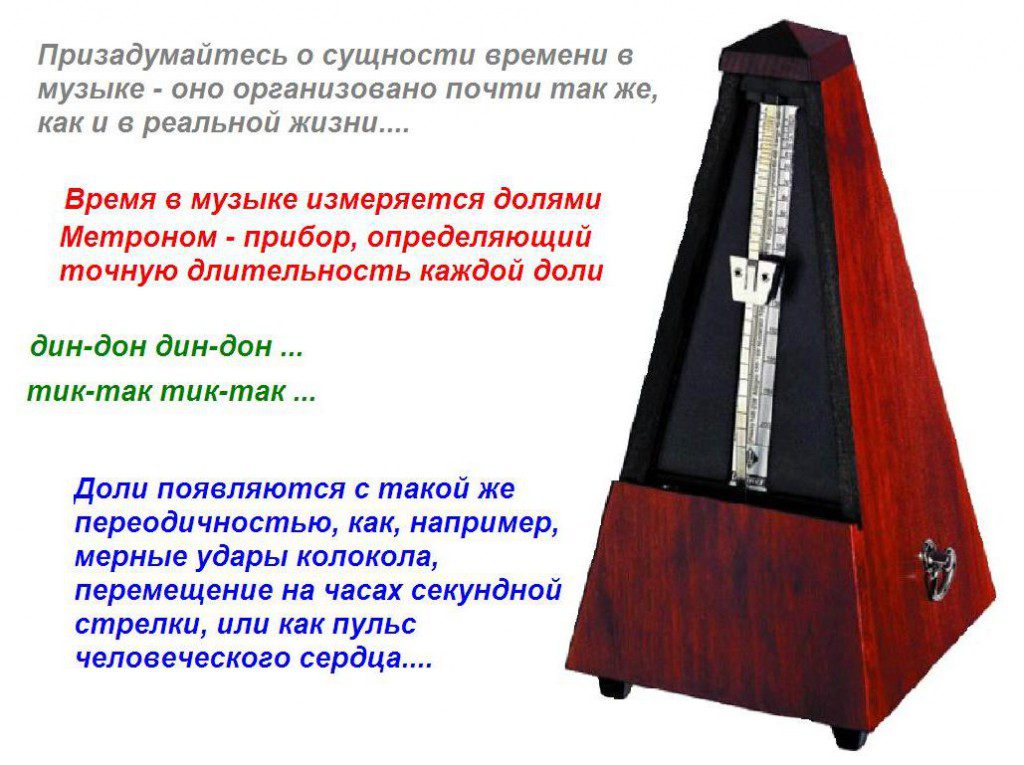
Learning the basics of musical notation
The basics of musical notation are where serious music studies begin. There will be nothing superfluous in this short article, just simple basics of musical notation.
There are only seven notes, their names are familiar to everyone from childhood: . This series of seven basic notes can be continued by repeating them in any direction – forward or backward. Each new repetition of this series will be called octave.

The two most important dimensions in which music exists are . This is exactly what is reflected in the musical notation: space component – time component – .
Notes are written with special symbols in the form of ellipses (ovals). Used to display pitch music player: the higher the note sounds, the higher its location on the lines (or between the lines) of the staff. The staff consists of , which are counted from bottom to top.

To record the exact pitch of a sound, notes are used Keys – special signs that indicate landmarks on the staff. For example:

Treble clef means that the reference point is the G note of the first octave, which occupies the second line.
Bass clef means that the note F of the small octave, which is written on the fourth line, becomes the reference point.
Alto clef means that the note up to the first octave is written on the third line.
Tenor clef indicates that the note up to the first octave is written on the fourth line.
These are the most commonly used clefs in musical practice – not every musician can read notes fluently in all of these clefs; most often, the average musician knows two or three keys. You can learn more about how to remember notes in the treble and bass clef from a special training that gives tangible results after working through all the exercises. Click here to view.
As a rule, the basics of musical notation are explained using the example of a treble clef. See what it looks like and let’s move on.

Time in music is measured not in seconds, but in, but by the way they evenly alternate in their movement, they can be compared to the passage of seconds, to the uniform beats of a pulse or a bell. The speed or slowness of beat changes is determined by the overall speed of the music, called pace. The duration of each beat per second can be calculated empirically using an hourglass or stopwatch and metronome – a special device that gives the exact number of identical beats per minute.

To record rhythm in notes, duration every note. The graphic expression of duration refers to changes in the appearance of the icon – it can be painted over or not, have a stem (stick) or a tail. Each duration occupies a certain number of shares or their parts:


As already mentioned, beats organize musical time, but not all beats play the same role in this process. In a broad sense, the lobes are divided into (heavy) and (light). Strong beats can be compared to stress in words, and weak beats, respectively, to unstressed syllables. And that’s what’s interesting! In music, stressed and unstressed syllables (beats) alternate in the same way as in poetic meters. And even this alternation itself is called nothing less than the size, Only in versification the size cell is called a foot, and in music – tact.

So, tact – this is the time from one downbeat to the next downbeat. The size of a measure has a numerical expression, reminiscent of a fraction, in which the “numerator” and “denominator” will indicate the parameters of the measure: the numerator is how many beats, the denominator is what note in duration this beat can be measured.

The measure of the measure is indicated once at the beginning of the piece after the keys. There are sizes Naturally, those who have begun to study the basics of musical literacy first of all become familiar with simple sizes. Simple sizes are those with two and three beats, complex sizes are those that are composed (folded) of two or more simple ones (for example, four or six beats).
What is important to understand? It is important to understand that the size determines the exact “portion” of music that can be “stuffed” into one bar (no more and no less). If the time signature is 2/4, then this means that only two quarter notes will fit in the measure. Another thing is that these quarter notes can either be split into eighth notes and sixteenth notes, or combined into half durations (and then one half note will take up the entire measure).
Well, that’s enough for today. This isn’t all of music notation, but it’s a really good foundation. In the following articles you will learn a lot of new things, for example, what sharp and flat are, what is the difference between recordings of vocal and instrumental music, how the “famous” chords Am and Em are deciphered, etc. In general, follow the updates, write your questions in the comments, share the material with your friends via contact (use the social buttons at the bottom of the page).




